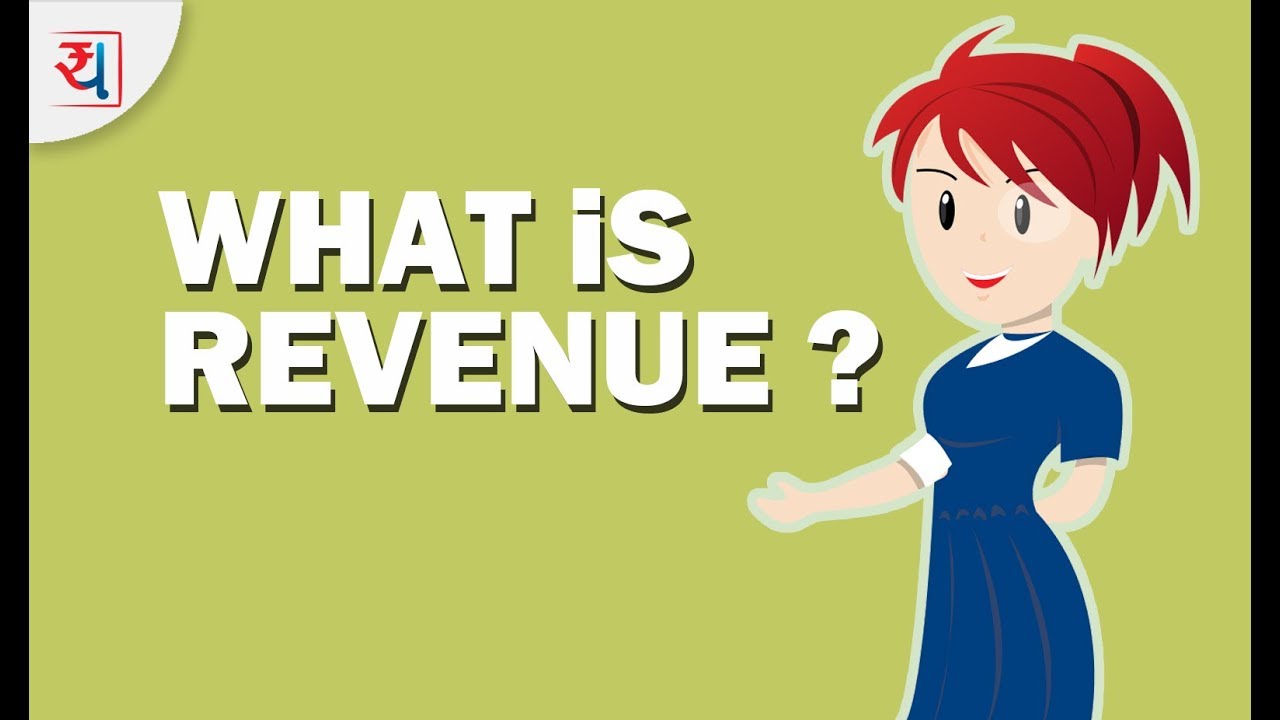There are innumerable ways to slice and dice revenue and profit data in the accounting world.In the eyes of businessowners, profit is frequently the most important statistic.There's a lot to be said for a company's overall revenue before expenses are taken into account, as well.
The income statement's first row contains historical total revenue figures.Before deducting the cost of goods sold and operating expenses, the income statement presents an overview of all sources of revenue over a specified time period.The term "gross revenue" is also used to describe total revenue.
Those two terms are used interchangeably.
However, if you want to know how much moneyyou'll make in the future, the income statement won't be as useful.You may be weighing the pros and cons of offering a discount or raising your prices for your goods and services.In any instance, you can use the total revenue calculation to guide your decision-making.

What is Revenue of a Company & How it is calculated? | Type of Revenue
What Is Revenue?
A company's revenue is the total amount of moneyit earns by selling goods and services within a given time period.The "Top Line" of a corporation begins with revenue, which is also known as sales or income on an income statement.Company revenue is divided by expenses in order to arrive at the company's Profit or Net Income.
Total Revenue Formula
Trying to figure out how much money you'll make in the future?Instead of looking at your revenue statement to get a sense of how much you've sold in the past, use a formula to figure this out.This is how you'll figure out your total revenue in order to make your forecasts.
Quantity Sold x Price = Total Revenue
As an example, consider a leather craftsman who sells his boots at $100 per pair of two.To put it another way, his total revenue is $5,000 for every month he sells at least 50 pairs.
The craftsman can use this method to increase sales by dropping his prices to $80 each pair.$4,000 would be his total revenue if he sold the same amount each month (80 x 50 = $4,000).
It is possible for the craftsman to calculate how many more boots to sell in order to reach his previous revenue totals before the discount using the same formula.
X (Quantity Sold) x $80 (Total Revenue) (Price)
$5,000 / $80 = Quantity Sold
A total of 62.5 boots were sold.
This means that in order to break even before discounting, our craftsman needs to sell 63 pairs of boots.The discount could be a smart move for him if he thinks that he can get more orders than that with it.An grasp of the market price for boots like the ones the businessowner creates, as well as his target market, is critical to this selection.
What To Do With Revenue Data
Proper revenue estimation is the compass by which your entire business may be orientated.It establishes the range of options open to you (or, alternatively, what drastic evasive action you need to take to get yourself back on track).You can use it in a variety of ways to assist shape the course of your business:
- Plan your running costs
The fundamentals are covered here.You can plan both immediate and long-term expenditures based on revenue (inventory, pay for employees and suppliers).
Plan for future expansion with growth plans in mind.
How much money you can invest in R&D and how much money you can spend on modernizing your property, plant and equipment (PPE) can be determined by historical revenue data.
- Recognize patterns and make predictions
You can also create sales dashboards based on historical revenue data to detect customer behavior patterns and make operational adjustments as a result.
- Update your pricing approach
With a comprehensive picture of your revenue, you'll know whether your prices are too low.No, I'm not producing enough money to cover my costs.
The Bottom Line
The technique of calculating a company's revenue is very basic.
However, accountants can modify the figures in a lawful way that makes it essential for inquiring parties to go further into the financial statements to have a better knowledge of income creation rather than just glancing at a cursory figure.
This is especially true for investors, who need to know not just a company's revenue, but what affects it quarter to quarter.